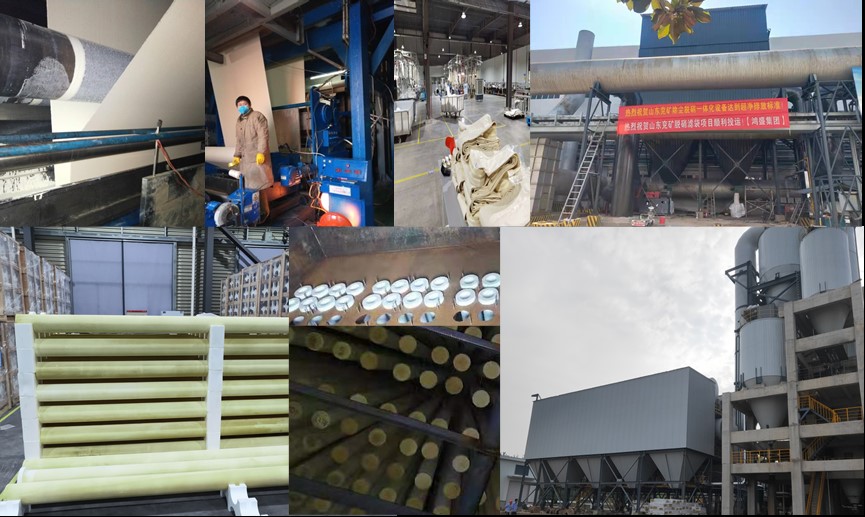
Fig. 1 Device of advanced treatment for coking wastewater by SBC adsorption
According to National Directory of Hazardous Waste, spend activated carbon (AC) is hazardous waste materials and the harmless treatment of spend AC is necessary. Spend AC can be recycled and the value of spend AC can be improved by regeneration. The pilot-scale (1000 ton/a) regeneration of spend AC was carried out. Compared with the traditional regeneration technology, the iodine value of regenerated AC was improved by 50% and the BET surface area of regenerated AC is higher than 1500 m2/g by new technology. A demonstration project (80000 ton/a) for the regeneration of spend AC is under way.

Fig. 2 The BET surface area of regenerated activated carbon (AC)
The group has developed the structured DeNOx products for flue gas purification with wide temperature of 200-400oC, which have been widely applied in the industry of steel, coking, glass, etc. Great industry impact has been achieved with building more man 100 sets of industrial equipment and obtaining gross output of over 400 billion RMB, and this achievement won the first prize for technological invention award of the China Petroleum and Chemical Industry Federation in 2020. In addition, the group further developed the multifunctional (de-NOx, de-SOx, dedusting, and de-dioxins) catalytic tube/bag filter by combining their nanocatalyst derived from solvent-thermal reaction with the tube/bag filter, and 20 sets of industrial equipment with the catalytic tube/bag filter have been built for the integrated flue gas purification in the glass kiln, biomass boiler, steel rotary bottom furnace, aluminium smelting furnace, etc., which have been industrialized by Nanjing Chibo Environmental Protection Technology Co., LTD and Zhejiang Hongsheng Environmental Protection Technology Group Co. LTD.

Fig. 3 Multifunctional catalytic tube/bag filter and demonstration project
Multi-scale simulation strategy has been developed to systematically investigate the complex rheological behavior of granular materials in moving beds during the discharge process. The underlying mechanisms of the spatial-temporal correlations of granular motion are uncovered, and solutions to the non-uniform and/or unsteady flow of particles and the relevant safety issues due to the resultant stress impact are proposed. This research has provided a solid guidance to the design of novel moving bed reactor and is highly confirmed by our cooperative partner SINOPEC Research Institute of Petroleum Processing.
 Search
Search



 京公网安备110402500047号
京公网安备110402500047号